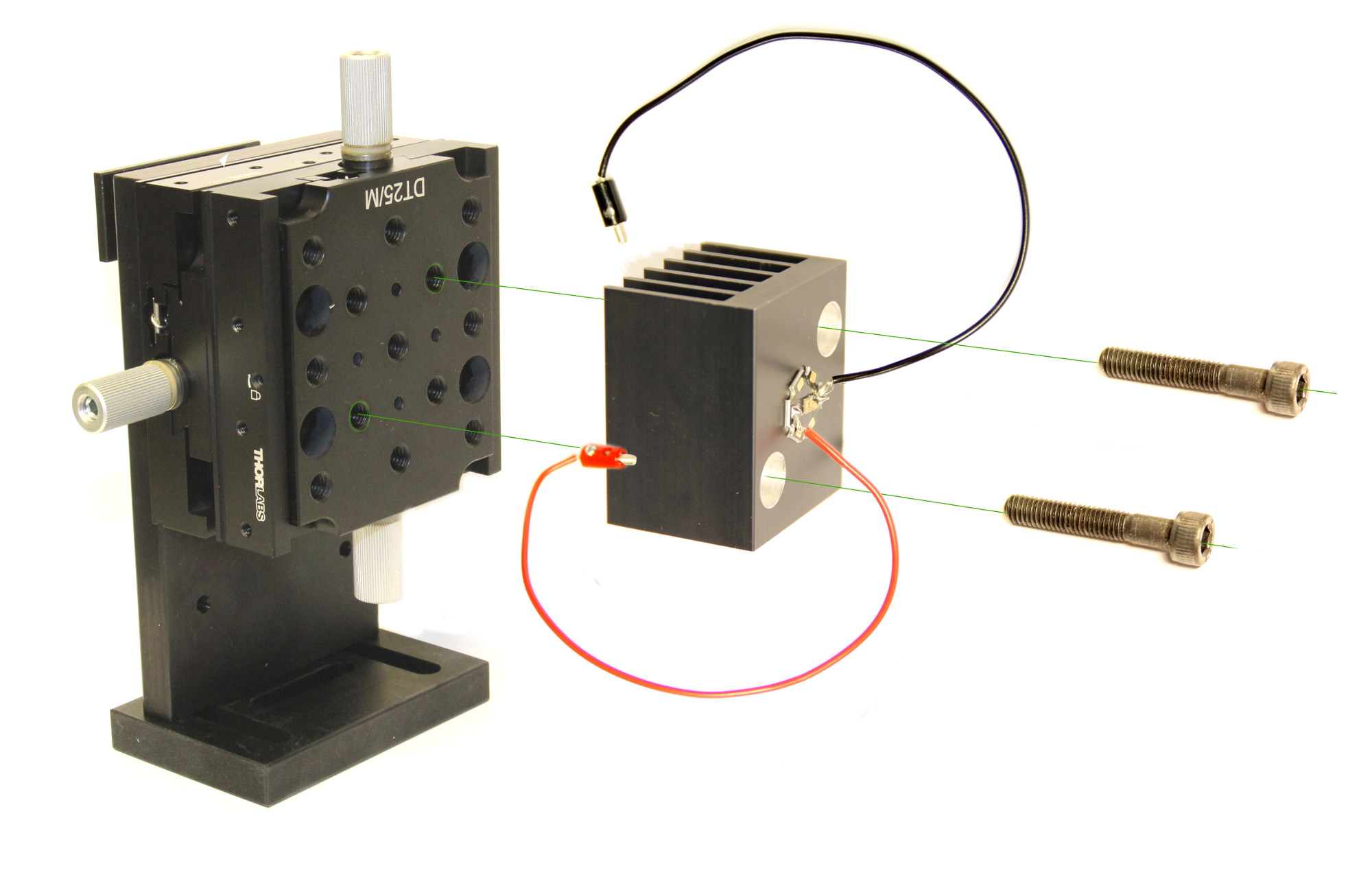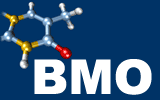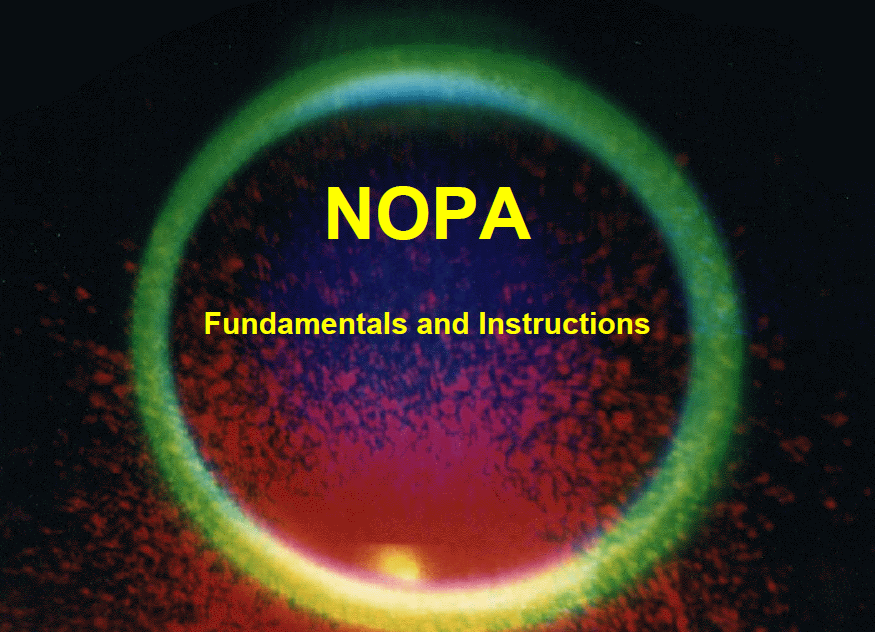

 |
 |
.png)
The "Quantum yield determination setup" QYDS is based on the original setup described in the publication "Laboratory apparatus for the accurate, facile and rapid determination of visible light photoreaction quantum yields" by Uwe Megerle, Robert Lechner, Burkhard König and Eberhard Riedle (Photochem. Photobiol. Sci., 2010, 9, 1400 - 1406 - DOI: 10.1039/c0pp00195c).
We believe strongly that the QYDS is a reliable and easy to use alternative to the classical "chemical actinometry" used for decades to determine the quantum yield of photochemical and photocatalytic processes in homogenous solutions. The advantages are the naturally confined spectrum of each individual LED, the free choice of wavelength, the full adjustability of the illumination power (from a few µW to now hundreds of mW) and the facile and precise measurement of the absorbed light power by NIST traceable means.
This website is being set up to allow other researchers to inform themselves about the ongoing improvements and the results we and our partners obtain with the QYDS. Anybody interested in details not yet contained in the website or into setting up their own QYDS, feel free to contact us by email. Alternatively, we can also discuss providing you with a complete setup. We have done this already for close to ten laboratories.

The light of a high power LED (1) is imaged into the sample cuvette (5) with an optimized lens system (3). By performing a physical power measurement (7) of the light with and without sample, the absorbed power is determined. Stirring (6) of the solution is most important. From the irradiation time and the power the number of absorbed photons is calculated. A standard chemical measurement determines which fraction of the substrate is converted by the illumination or subsequent processes. From the known volume and concentration the number of original substrate molecules and finally of converted molecules is determined. The ratio between converted molecules and absorbed photons is the quantum yield of the process.

We have selected a series of high power LEDS with a nominal active area of 1 x 1 mm2 and covering the range from 265 to 645 nm. LEDs from various manufacturers had to be chosen. The selection is constantly updated as newer LEDs with higher output power and new center wavelengths become available.
Stirring of the solution under investigation is essential. As we illuminate only a part of the total volume, only a rapid exchange justifies the quasi-equlibrium assumption made in the evaluation.
Eamples of proper stirring are given below in the films for 10 mm, 5 mm and 2 mm path length cuvettes. The top left movie shows insufficenting sample echange due to too much solution in the cuvette.
The QYDS setup and the manual were supported by the DFG research training group GRK 1626 "Chemical Photocatalysis".
http://www.chemie.uni-regensburg.de/fakultaet/forschung/grk1626
The original work of Dr. Uwe Megerle is greatly appreciated. The updated version of the setup would not have been possible without the committed work of Qi Hu, Marcus Götz, Nina Strasser and Matthias Block.

